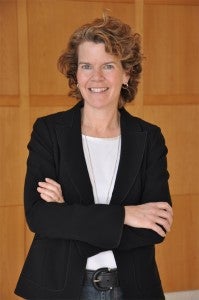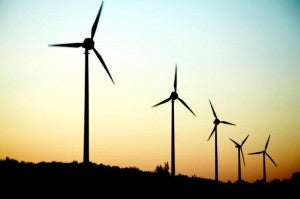 In a recent posts, we revisited the recent trio of reports of the clean energy clusters in Ohio, Iowa and Colorado and shared some insights on lessons learned from Iowa and Ohio. In this post, we’ll take a look at Colorado.
In a recent posts, we revisited the recent trio of reports of the clean energy clusters in Ohio, Iowa and Colorado and shared some insights on lessons learned from Iowa and Ohio. In this post, we’ll take a look at Colorado.
Colorado is the 12th windiest state in the U.S. and is currently 9th in installed wind capacity. It’s one of only six states that have exceeded 10% of state generated electricity coming from wind. For more than a decade, Colorado has been atop most lists for states vying for leadership in the clean energy economy. It has research labs, a proactive state government, universities and active economic development efforts. All of these have combined to help Colorado excel in the new energy landscape.
Consider that Golden, CO is home to the National Renewable Energy Laboratory (NREL), the only federal lab dedicated to research, development, commercialization and deployment of renewable energy and energy efficiency technology. For more than 30 years, NREL has been working on advancements in solar, wind, geothermal and other renewable energy sources. NREL, Colorado universities and private companies have leveraged the hometown lab to establish specialized research centers in several of these areas and contribute more than $700 million in the economic activity of Colorado each year.
The Denver-metro area, where our report focuses, has become a particularly popular place for cleantech startups and more mature companies. In 2011, the region had about 1,500 companies and 18,000 employees in the cleantech industry, a 35% increase in direct employment growth from 2006. In terms of the entire Colorado workforce, cleantech employees account for 1%. But that’s twice the national average and generates more than a billion dollars in annual wages.
Similar to that of Ohio, Colorado’s success wasn’t accidental. It was the first state to initiate a Renewable Portfolio Standard by ballot initiative, or RPS, which requires utilities to produce a minimum percentage of its generation from renewable energy. A 10% RPS was enacted in 2004. In 2007 it increased to 20% by 2020. The state also passed rules on net metering and interconnections that incentivized individuals and businesses to install renewable, distributed generation. All of these measures have helped spark demand.
 And the state’s early commitment to the sector has enabled the state to reap the benefits of that demand all the way down the supply chain.
And the state’s early commitment to the sector has enabled the state to reap the benefits of that demand all the way down the supply chain.
As Tom Clark of the Metro Denver EDC explains it, the goal was to build an economic ecosystem, not a niche specialty. Denver wants “to build a cluster of economic activity around cleantech – rather than chasing hot companies. We focus on recruiting companies that build the region’s supply chain. That chain certainly includes R&D efforts, like those sparked by NREL. But it also includes manufacturing jobs, installation jobs and service jobs. All are areas where Colorado has prospered.”
Colorado certainly has a few traits in its favor: a legacy of energy industry leadership, a talented workforce and a tech- and entrepreneur-friendly reputation. But its success can most directly be tied to how it executed a plan based upon a common objective to build a robust, diverse clean technology economy.









